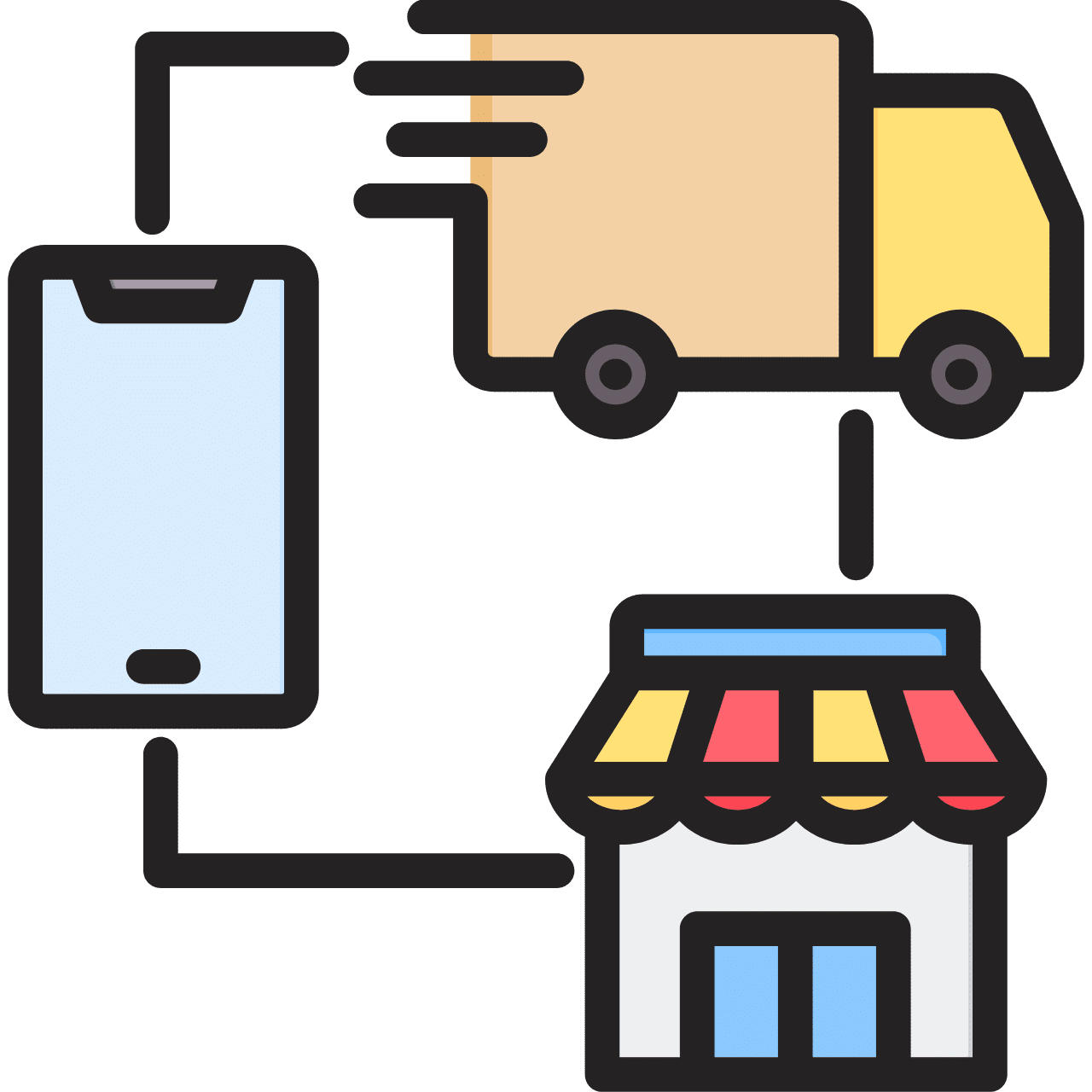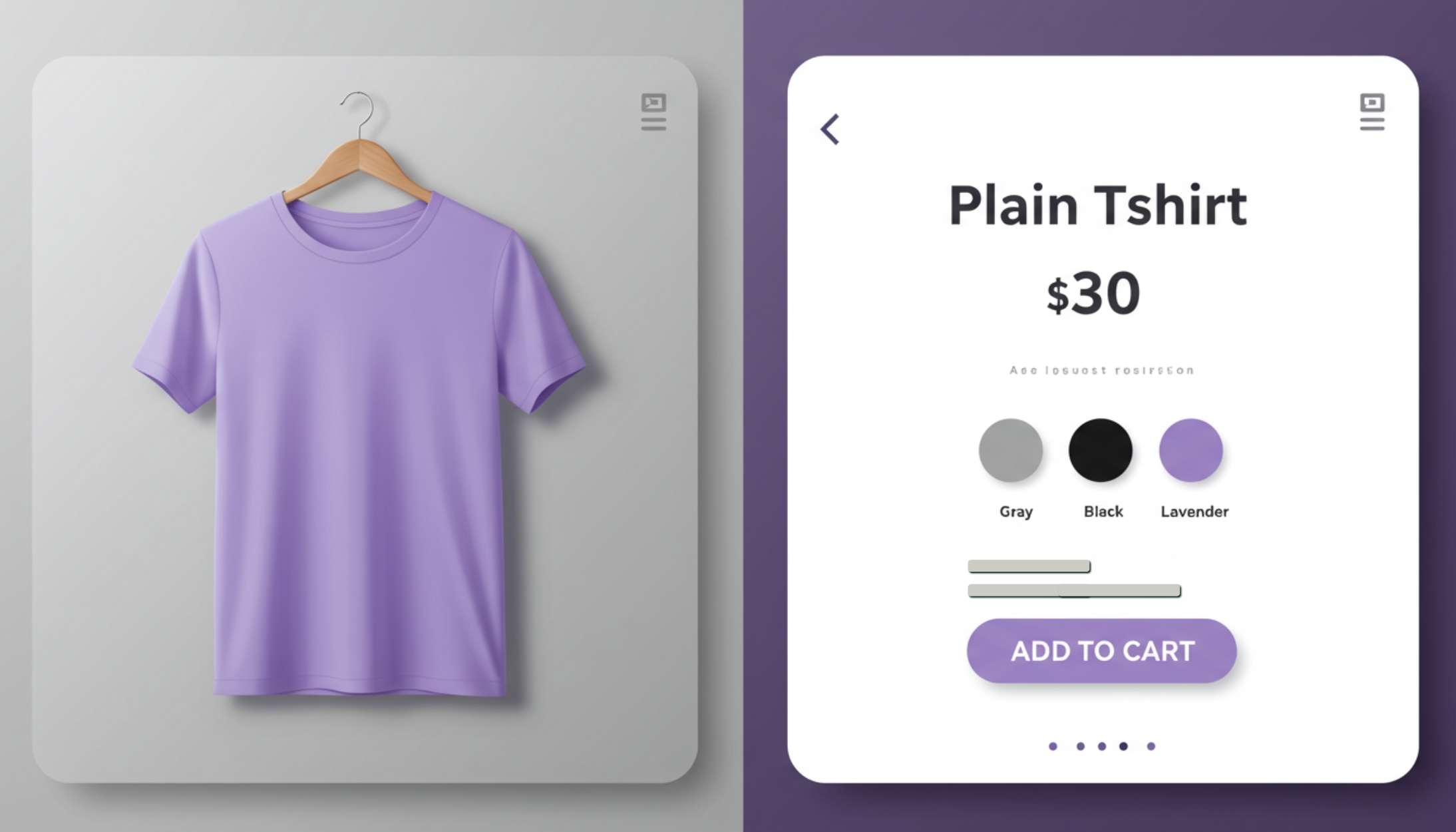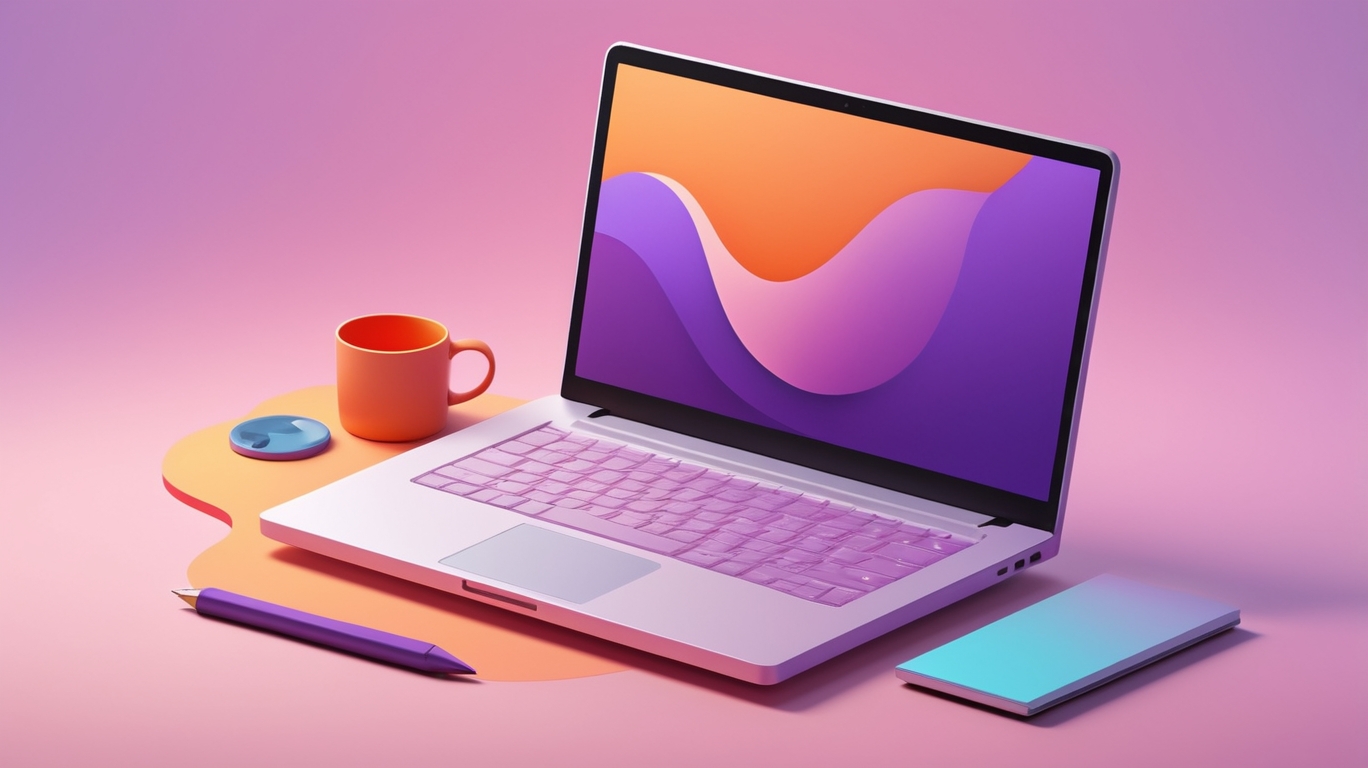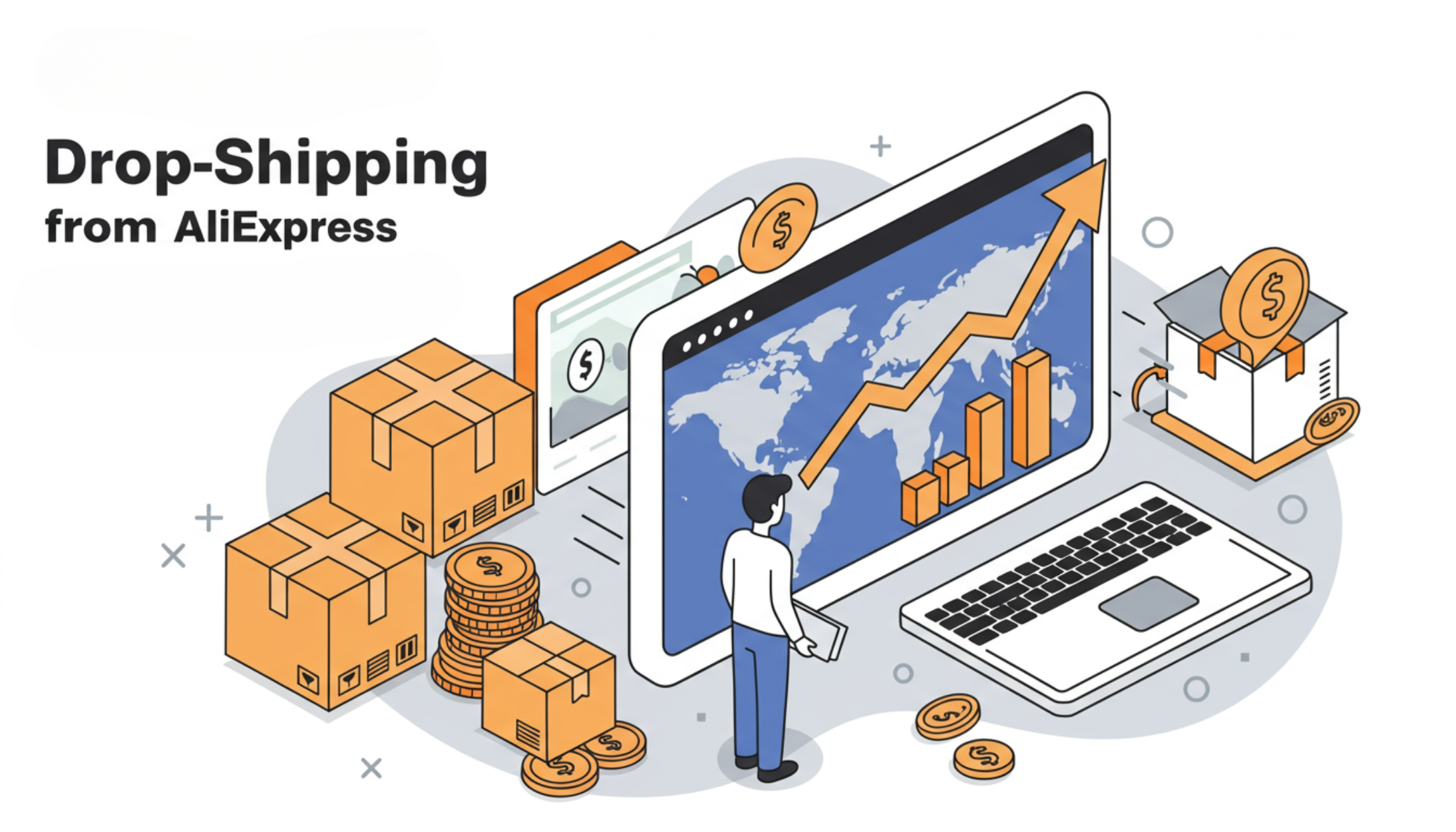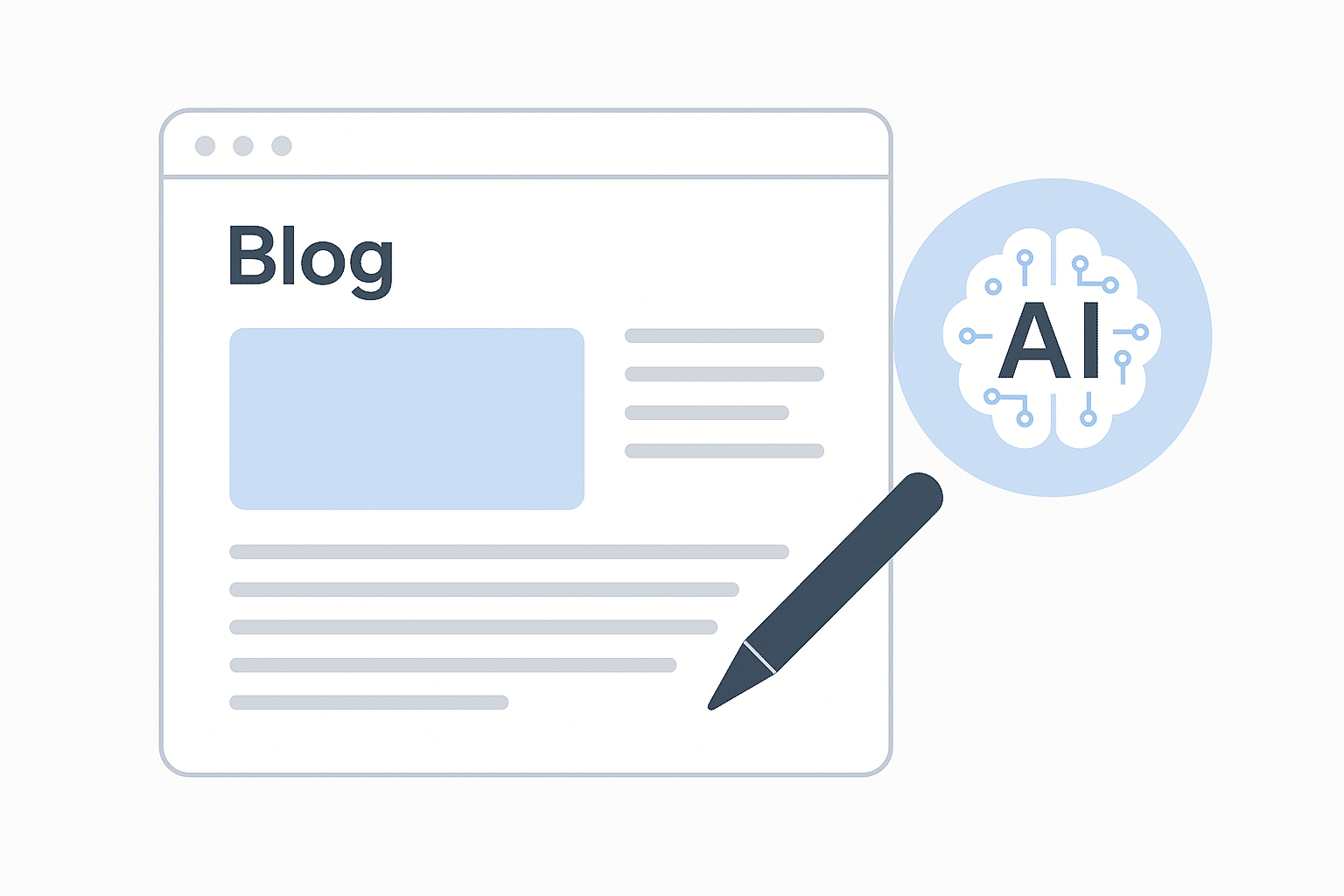Table Of Content
5 Business Ideas You Can Start With No Money
1. Dropshipping
Dropshipping is an e-commerce business model where you sell products without handling the inventory. You list products in your store, and when a customer purchases, the supplier ships it directly to them. Example Ideas:
Example Ideas:
- Eco-friendly products: Bamboo toothbrushes, reusable straws, and zero-waste kits.
- Pet accessories: Unique dog collars, cat toys, or pet beds.
- Fitness gear: Yoga mats, resistance bands, and dumbbells.
- Home decor: LED lights, minimalist furniture, or wall art.
- Tech gadgets: Bluetooth speakers, wireless chargers, and phone cases.
- No upfront inventory costs: You don’t have to purchase stock upfront, meaning less risk.
- Run from anywhere: You can operate your business from anywhere in the world.
- Minimal risk: You only pay for the products after a sale is made.
- Scalable: Once you find a winning product, scaling the business is easy.
- Low entry costs: You can start with free trials on platforms like Fathershops or FatherShops.
- Find a niche: Research trending products using TikTok or Instagram.
- Choose a reliable supplier: Use platforms like AliExpress or Oberlo.
- Set up your online store: Use Fathershops, Etsy, or FatherShops to create your store.
- Market your products: Promote your store on social media with organic content or ads.

Want to start your business without breaking the bank?
Starting a business with no upfront investment might sound impossible, but thousands have done it successfully using the right strategies. Want to know how you can do the same? It’s easier than you think—fill out the form the secret PDF!2. Print-on-Demand
Print-on-demand allows you to create custom designs for products like t-shirts, mugs, or phone cases. When someone purchases an item, it’s printed and shipped by a third-party supplier. What is dropshipping
Example Ideas:
What is dropshipping
Example Ideas:
- Custom t-shirts: Trendy or funny quotes targeting specific niches (fitness, pets, or travel).
- Personalized mugs: Create mugs with custom names, messages, or graphics.
- Tote bags: Design eco-friendly tote bags with stylish artwork or slogans.
- Phone cases: Offer designs based on popular themes like space, minimalism, or pop culture.
- Wall art: Create custom prints or downloadable art for home decor.
- Turn your creativity into a business: Leverage your artistic skills to create custom designs.
- No inventory or shipping management: The print-on-demand service handles everything.
- Test product popularity with ease: Try different designs without the risk of holding stock.
- Scalability: As demand grows, easily expand your product range without additional investment.
- Sell on multiple platforms: Start selling on Fathershops, Etsy, or Redbubble with low setup costs.
- Pick your product type: Focus on one or two items like t-shirts or mugs.
- Create designs: Use Canva or Photoshop to create appealing visuals.
- Select a POD platform: Use Printful or Printify for fulfillment.
- Launch your store: Integrate your products into an e-commerce platform.
3. Service-Based Business
If you have a skill—whether it’s graphic design, writing, or social media management—you can turn it into a service-based business. You’re selling your time and expertise, not physical products, so the startup costs are minimal. Example Ideas:
Example Ideas:
- Freelance writing: Offer content writing, blog posts, or copywriting services.
- Social media management: Manage Instagram or Facebook accounts for small businesses.
- Virtual assistant: Provide administrative tasks like email management or appointment scheduling.
- Graphic design: Design logos, business cards, and social media graphics.
- Consulting: Offer expertise in areas like marketing, finance, or personal development.
- Monetize your skills: Use your existing knowledge to start earning right away.
- No product costs: There’s no need for physical inventory—just your time and talent.
- Start immediately: You can begin working with clients as soon as you get your first job.
- Flexible working hours: You can set your own schedule and work from anywhere.
- Scalable: As your business grows, you can expand by hiring other freelancers.
- Identify your skills: Decide which services you can offer based on your experience.
- Build an online presence: Create a simple portfolio website using free tools like Wix or Carrd.
- Market your services: Use platforms like LinkedIn, Fiverr, or Upwork to find clients.
- Network: Join relevant online communities to connect with potential clients.

Limited-time access to proven strategies for starting your business without money
2025 is here, and it’s the perfect time to kickstart your business dreams. Don’t let another year slip by without taking action! Fill the form below to get access to tools and strategies PDF that could change your life today.4. Digital Products
Digital products like e-books and online courses are scalable and cost-effective. With digital dropshipping, you can sell third-party digital items like software or templates without managing inventory. Example Ideas:
Example Ideas:
- Ebooks: Write guides, how-to books, or self-help books.
- Online courses: Teach skills like photography, digital marketing, or coding.
- Printables: Sell planners, calendars, or coloring books as downloadable PDFs.
- Photography presets: Offer Lightroom or Photoshop presets for amateur photographers.
- Website templates: Design templates for websites or landing pages.
- Create once, sell infinitely: Digital products can be sold repeatedly with no additional costs.
- Passive income: Once created, they require minimal maintenance and generate ongoing sales.
- Low overhead costs: No need for inventory or shipping, making it cost-efficient.
- Scalability: Sell digital products to a global audience with no limits.
- Easy setup: Platforms like Gumroad, Etsy, or Fathershops allow you to sell digital products with minimal hassle.
- Choose your product type: Focus on one digital product to start, like an e-book or online course.
- Create the product: Use free tools like Canva, Google Docs, or Teachable.
- Set up your sales platform: Use Gumroad, Etsy, or Fathershops to sell your products.
- Promote your product: Use email marketing, blogs, or social media to attract customers.
5. Handcrafted Goods
If you’re into crafting, making handmade goods can be a rewarding business. You can sell items like jewelry, candles, or clothing through platforms like Fathershops. Example Ideas:
Example Ideas:
- Handmade jewelry: Create unique necklaces, bracelets, or earrings using beads, metals, or upcycled materials.
- Custom candles: Make candles with personalized scents or designs.
- Crocheted or knitted items: Sell handmade scarves, beanies, or blankets.
- Upcycled fashion: Create clothing or accessories from repurposed materials.
- Personalized gifts: Offer customized products like engraved wooden items or hand-painted ceramics.
- Turn your hobby into a business: If you enjoy crafting, you can monetize your passion.
- Start small and scale at your own pace: Begin with small batches and increase production as demand grows.
- Sell on marketplaces like Etsy: Get access to millions of buyers without a large upfront investment.
- Low entry costs: Start with materials you already have or source them cheaply.
- Creative freedom: Express yourself through your craft while building a brand that reflects your personal style.
- Start with what you have: Use your current crafting materials to create products.
- Set up a storefront: Use Etsy or Fathershops to start selling your products.
- Promote your brand: Use Instagram, TikTok, or Pinterest to share your creative process and finished products.
- Test product demand: Begin with small quantities and adjust your offerings based on what sells best.
How to Start a Business With No Money
Starting a business without any money might feel impossible, but it’s not as out of reach as it sounds. With some creativity and determination, you can launch your dream without breaking the bank. Here’s how:- Look at What You’re Already Good At The best businesses come from things you’re already passionate about or good at. Think about what you love doing—whether it’s writing, crafting, or social media management—and turn that into a service or product. Start where you’re strong, and build from there.
- Pick a Low-Cost Business Model Not every business needs a big investment. There are plenty of ways to get started without any money. Consider options like dropshipping, where you don’t need inventory, or offer a service like consulting or graphic design that only requires your expertise.
- Use Free Tools to Get Started Don’t stress about spending money on fancy software or a website right away. There are tons of free tools to help you set up your business. Build a simple website on free platforms like Wix, create your logos and graphics on Canva, and start marketing yourself on social media where it’s free to post and engage.
- Start Small, With What You Have Instead of thinking about what you need, focus on what you already have. Maybe you have a laptop and some time, or a hobby that you can monetize. Start small and test your ideas using what’s already at your fingertips.
- Market Through Your Network and Social Media You don’t need a huge marketing budget to get noticed. Start by telling your friends, family, and online community about your business. Use social media to share your story, show behind-the-scenes moments, and create content that connects with people. Authenticity goes a long way, and it’s free!
- Consider Pre-Orders or Crowdfunding If you do need a bit of capital, consider offering pre-orders or turning to crowdfunding. This allows you to get some upfront support before you even create the product. Plus, it helps validate that there’s real demand for what you’re offering.
- Reinvest Your First Earnings When you start making money, don’t splurge it all! Reinvest those profits back into your business—whether it’s better marketing, new tools, or expanding your product range. Little by little, your business will grow, and so will your opportunities.
Conclusion: Your Journey Starts Today
Starting a business with no money may sound challenging, but as you can see, there are numerous paths to success in 2025. Whether you’re interested in dropshipping, selling digital products, or turning a hobby into a side hustle, there’s a low-cost option for you. Take the first step today, and remember, it’s all about starting small and scaling as you grow. Your entrepreneurial journey awaits!How to Start a Business Without Money FAQs
1.Can I really start a business with no money?
Yes, it’s entirely possible! Many successful businesses started with little to no capital. Models like dropshipping, print-on-demand, and freelancing are popular choices that require minimal upfront investment. By using free tools and social media marketing, you can launch your business with zero money.2.What’s the easiest business to start with no money?
It depends on your skills and interests, but easy options include offering freelance services (like writing or graphic design), starting a dropshipping store, or selling digital products like e-books or online courses. These require little to no capital and can be started with the tools you already have.3.How can I start a business without money?
Start by identifying your skills or a niche product. Choose a low-cost business model like freelancing, dropshipping, or digital products. Use free tools to build your online presence—like creating a website with Wix or promoting on social media. Leverage organic marketing and grow your network to attract customers without paying for ads.4.How can I market my business if I have no budget?
Focus on free marketing channels like social media (Instagram, TikTok, LinkedIn), content creation (blogs, videos), and networking. Engage with your audience through organic posts, join online communities, and offer valuable content that resonates with your target market. Word-of-mouth and social proof also help boost visibility.5.How long does it take to start making money with no-investment businesses?
This varies based on the business model and your effort. Freelancing can generate income quickly, often within weeks, while businesses like dropshipping or digital products may take a few months to build traction and see consistent sales. The key is persistence and learning as you grow.

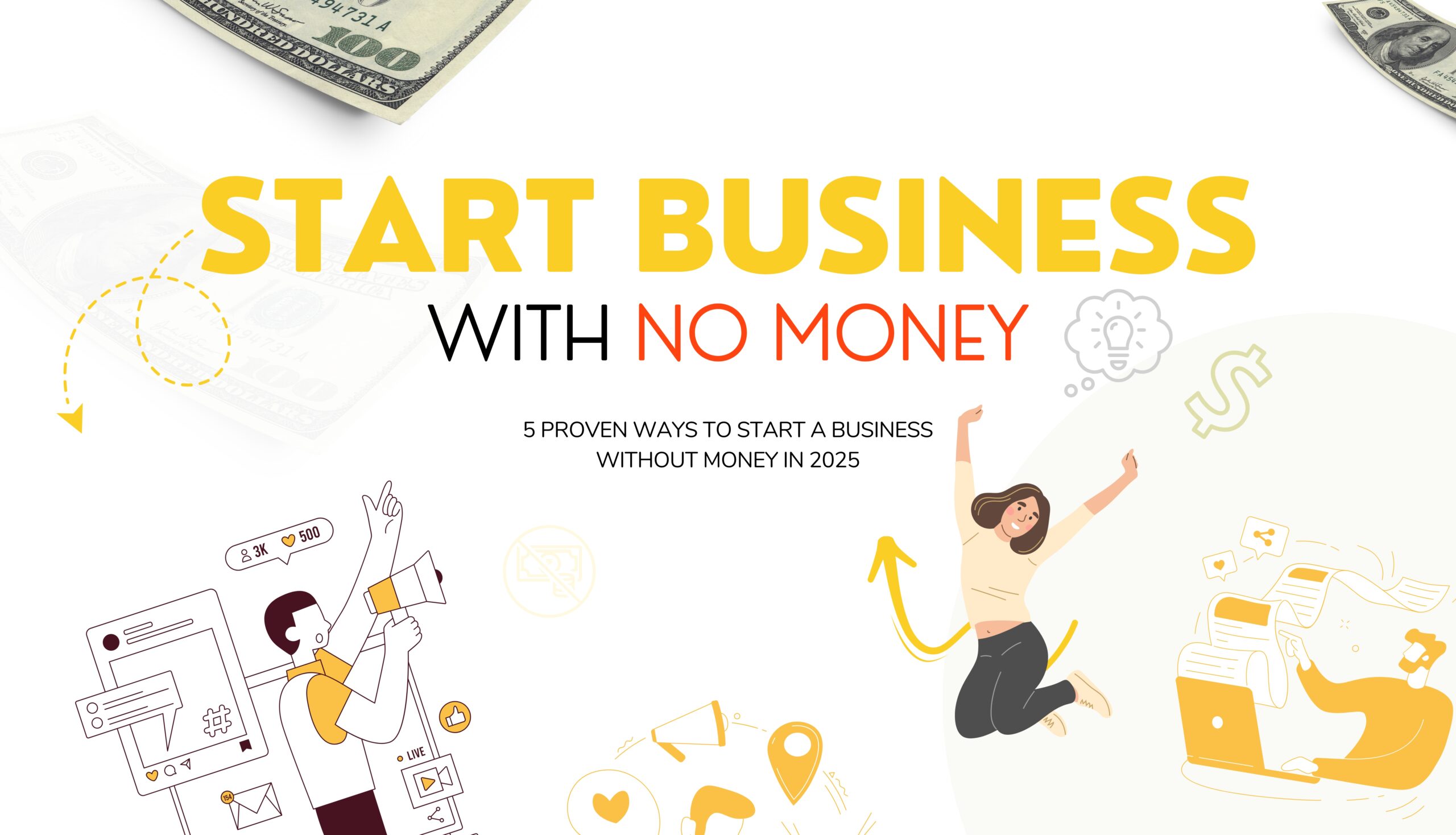
 Easily create your online store
Easily create your online store